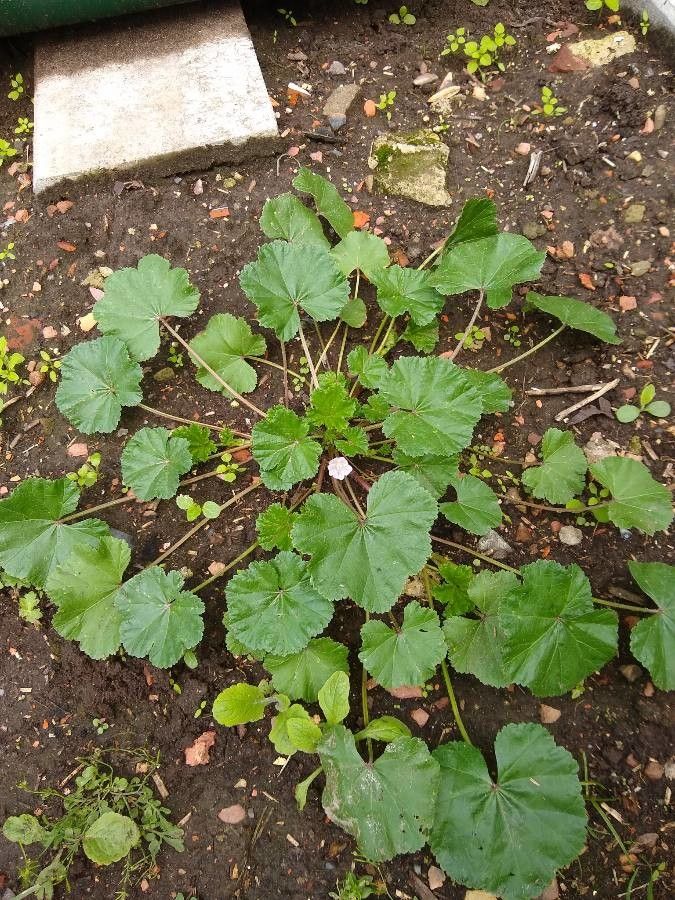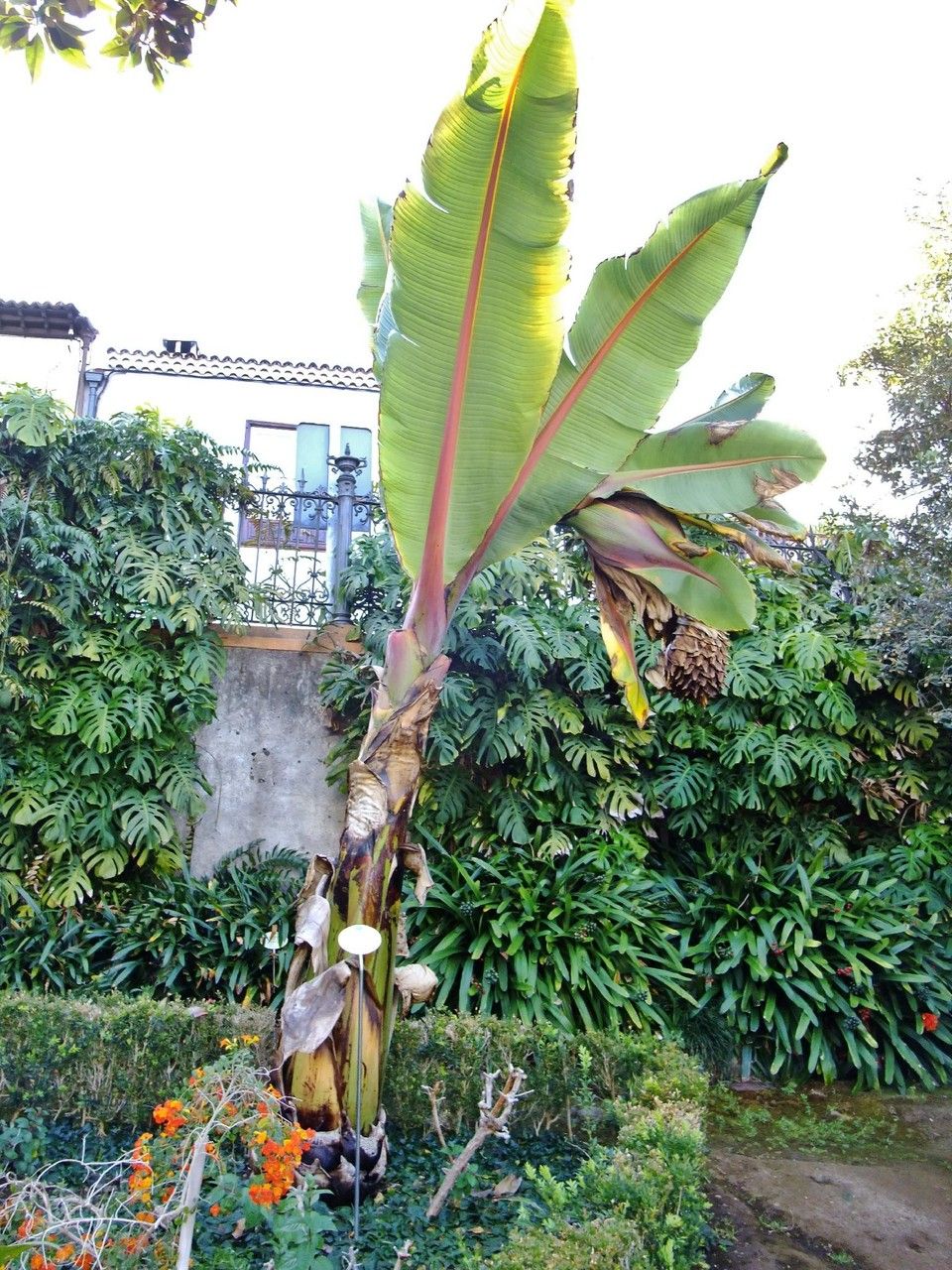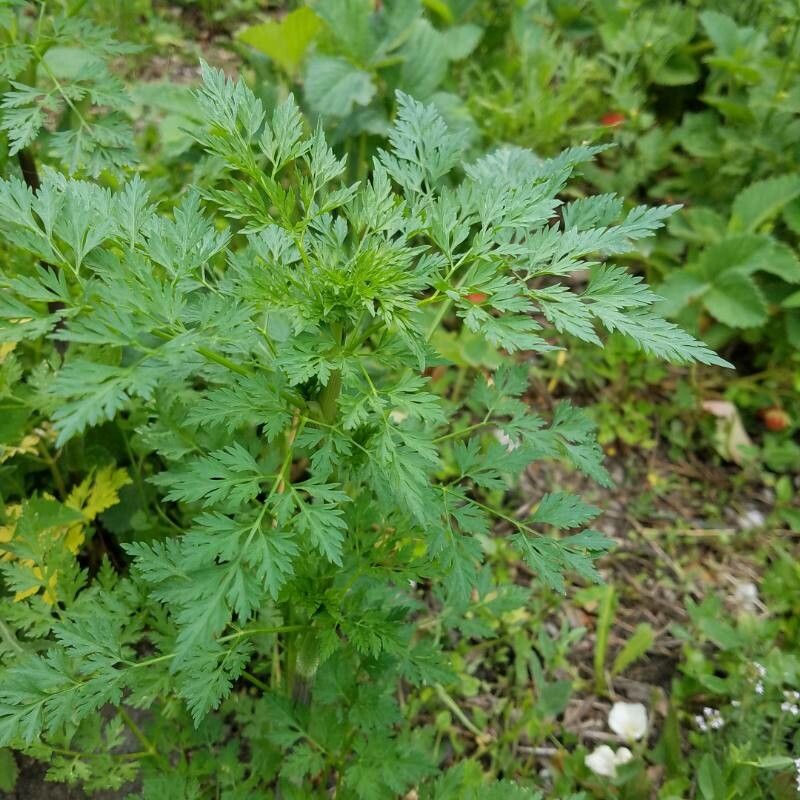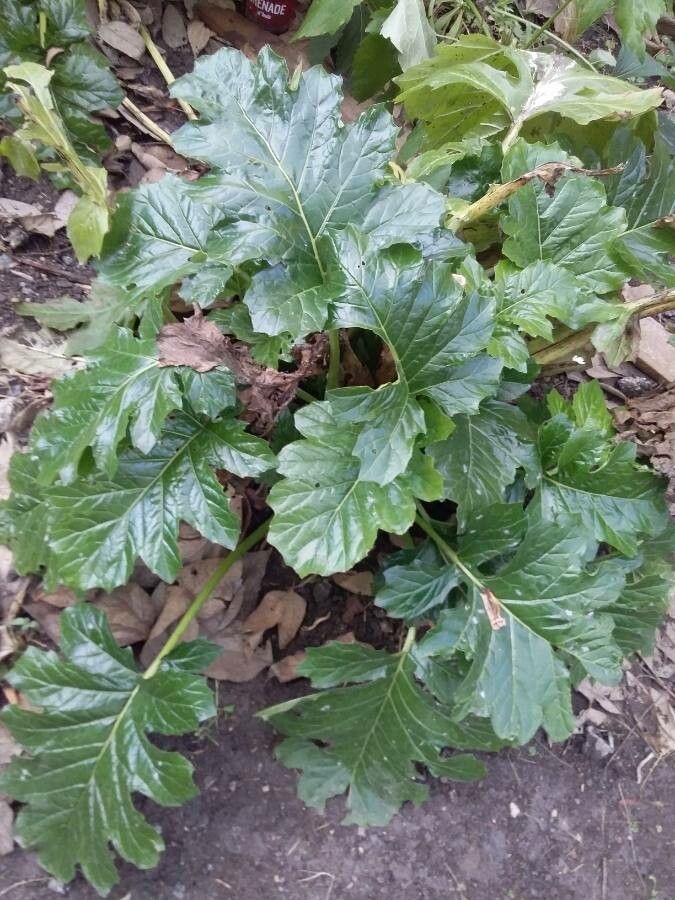## Common Mallow: A Gardener's Delight
The Common Mallow ( *Malva sylvestris*), a member of the Malvaceae family, is a captivating flowering plant boasting a rich history and a surprisingly versatile nature. Its cheerful, vibrant blooms and unassuming charm make it a welcome addition to gardens worldwide, and its historical uses extend beyond mere aesthetics.
### Habitat and Growth
Common Mallow thrives in a range of environments, demonstrating remarkable adaptability. It's often found in meadows, roadsides, and wastelands, showcasing its resilience. While it appreciates full sun, it also tolerates partial shade, making it a flexible choice for various garden settings. It's a relatively low-maintenance plant, preferring well-drained soil that's neither overly dry nor waterlogged.
### Soil Needs and Planting
Common Mallow isn't fussy about soil type, but it prefers a slightly alkaline to neutral pH. Well-draining soil is crucial to prevent root rot. Planting can be done from seed or by dividing established plants. Seed sowing is typically done in spring or autumn, directly into the prepared soil. Spacing plants appropriately will encourage good air circulation and prevent overcrowding. Regular watering is essential, especially during dry spells, but avoid overwatering which can lead to fungal diseases.
### Appearance and Identification
Common Mallow is easily recognizable by its distinctive five-petaled flowers, typically displaying shades of purple, pink, or white with prominent dark veins. The flowers emerge from leafy stems, creating a visually pleasing display. The leaves are palmate, lobed, and soft to the touch, giving the plant a gentle appearance. Identifying Common Mallow is generally straightforward due to its unique floral characteristics.
### Uses and Benefits
Beyond its aesthetic appeal, Common Mallow possesses several practical applications. Historically, it has been used medicinally to soothe irritated skin and respiratory ailments. Its leaves and flowers are also edible, with a mild, slightly sweet flavor, and can be added to salads or used to create teas. Common mallow's culinary applications are a delightful way to enjoy nature's bounty.
### Common Mallow vs. Other Mallows
While many plants belong to the Malvaceae family, Common Mallow holds a unique place. Differentiating it from other mallow species might require close observation of flower color, leaf shape, and overall plant size. Reliable plant identification guides or botanical resources are useful in determining the precise species.
### Potential Challenges
While robust, Common Mallow can sometimes be susceptible to fungal diseases, particularly in damp conditions. Ensuring good air circulation and avoiding overwatering are preventative measures. In some regions, it can be considered a vigorous grower, so it’s wise to monitor its spread to prevent it from becoming overly dominant in your garden.
### Conclusion
Common Mallow offers a delightful blend of beauty, utility, and historical significance. Its adaptability and ease of care make it an ideal plant for novice and experienced gardeners alike. With its stunning blooms and varied uses, it’s a charming addition to any garden landscape.
Common Mallow: Planting, Care & Identification Guide

Frequently Asked Questions
How to grow Common Mallow from seed?
Sow seeds directly into well-drained soil in spring or autumn. Maintain consistent moisture until germination. Thin seedlings to ensure adequate spacing.
Is Common Mallow invasive?
While not aggressively invasive, Common Mallow can self-seed readily. Deadheading spent flowers can help control its spread if necessary.


